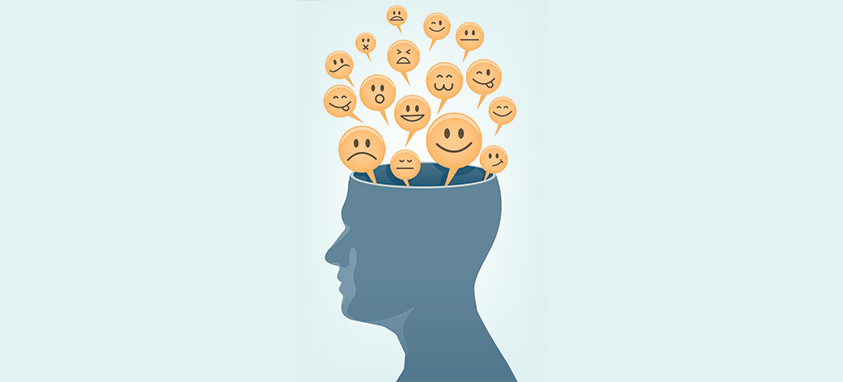Emotions analytics can provide some answers
Surveys, questionnaires and diagnostic tests all have their place, but it often isn’t easy to get to the bottom of what people really mean, feel and want. During the past few years, however, several companies have developed products that aim to do just that.
Many of these products employ emotions analytics, which uses technological tools to help decipher emotions in verbal and written communication. Emotions analytics has been used to provide a deeper context of understanding for a wide variety of purposes, including health, dating and business.
It can help meetings professionals to better understand clients’ needs and motives, as well as attendees’ desires and levels of satisfaction.
British airline EasyJet used emotions analytics to determine what its customers felt about the trips they had taken, and Bloomberg allows its clients to track emotions in voice and text communications, thereby enabling them to better prevent market abuse and remain compliant.
A Company on the Cutting Edge
Beyond Verbal, based in Tel Aviv, Israel, has been at the forefront of emotions analytics research and implementation since its creation in 2012, based on 21 years of research by a team of physicists and neuropsychologists led by Yoram Levanon. Some 2.3 million voice samples, in more than 40 languages, have been studied.
“The result is a platform that can extract, decode and measure a full spectrum of human emotions from a person’s raw voice via a set of emotional detection engines that allow voices and applications to understand an individual’s mood, attitude and decision-making characteristics as they speak,” says Tatiana Shchertsovsky, the company’s marketing manager.
She notes that Beyond Verbal originally focused on pure emotions analytics. It now is concentrating mostly on wellness and health segments, but remains applicable to other areas, including business.
“We are focusing on the B2B clientele in various segments, thus working with a number of global companies in the call-center industry like AT&T, market research [companies] like Ipsos and Unilever, API [application programming interface] clients with big names,” Shchertsovsky says. “Our business has grown with making our API available on cloud, thus providing a platform of vocal understanding that can be integrated into practically any voice-powered device, system or application.”
The company’s website, beyondverbal.com, identifies four main benefits for clients.
Gain better insight: Acquire a richer, deeper, more accurate understanding of how consumers truly experience brands, products, concepts and promotions.
Obtain valuable business knowledge: Provide key emotional data for a better decision-making process.
Create more effective campaigns: Leverage emotional data findings to help identify and repeat successful campaign elements; remove and change negative emotional response elements; and understand an offering’s position versus the competition.
Benefit from market research’s most cutting-edge technology: Increase competitive edge with the innovative integrated market research offering, which provides unprecedented insights.
Implications for the Meetings Industry
In 2014, Beyond Verbal demonstrated its applicability to meetings at IIex, a three-day market research conference in Atlanta that drew 700 attendees. At various times of the day, Beyond Verbal staff members asked participants about their impressions of the event, which were recorded on Moodies, a demonstration app that identifies more than 400 composite mood variants and divides them into 11 mood categories, such as anger and happiness.
Within 20 seconds, the app analyzed each attendee’s tone of voice and determined which of the 11 moods it represented. Patterns in collective moods were seen: Before lunch, when attendees were tired and hungry, more negative emotional states were detected; early in the morning, after breaks and at the end of the day, their emotions were more positive; and by 4 p.m., they were starting to get tired and lose concentration.
Event organizers encouraged attendees to download the free app and record their own comments for analysis. Organizers gathered 1,500 voice segments totaling three hours of recordings during the event. Results were displayed on a large screen and on a website.
The app can be used in real time by speakers to analyze their voice during presentations, to help them determine if they are conveying the right mood.
Shchertsovsky says that Beyond Verbal has many happy clients.
“Our clients are very satisfied with the capabilities of our engine,” she says. “Yet there is room to improve it by reducing the length of speech to produce a single analysis batch in five seconds, adding a speaker separation feature, and detecting background noises and ignoring them automatically while rendering the analysis.”
Ground-Breaking Results in Health Care
Beyond Verbal’s work in the health care and medical field is attracting considerable attention.
“Over the years, our technology has greatly evolved, starting with the analysis of emotions and progressing to wellness, and now, health,” Shchertsovsky says. “The ability to extract vocal biomarkers in a nonintrusive, continuous and passive manner is going to revolutionize conventional patient care.”
The company has discovered links between voice characteristics and neurological conditions such as Parkinson’s disease. In November 2016, Beyond Verbal announced that in collaboration with Mayo Clinic, it performed a study that demonstrates a strong correlation between some voice characteristics and the presence of coronary artery disease.
“These findings serve as the basis of our ultimate vision—to overcome the challenges faced in early screening and long-term monitoring of physical and mental health conditions,” Shchertsovsky says.





